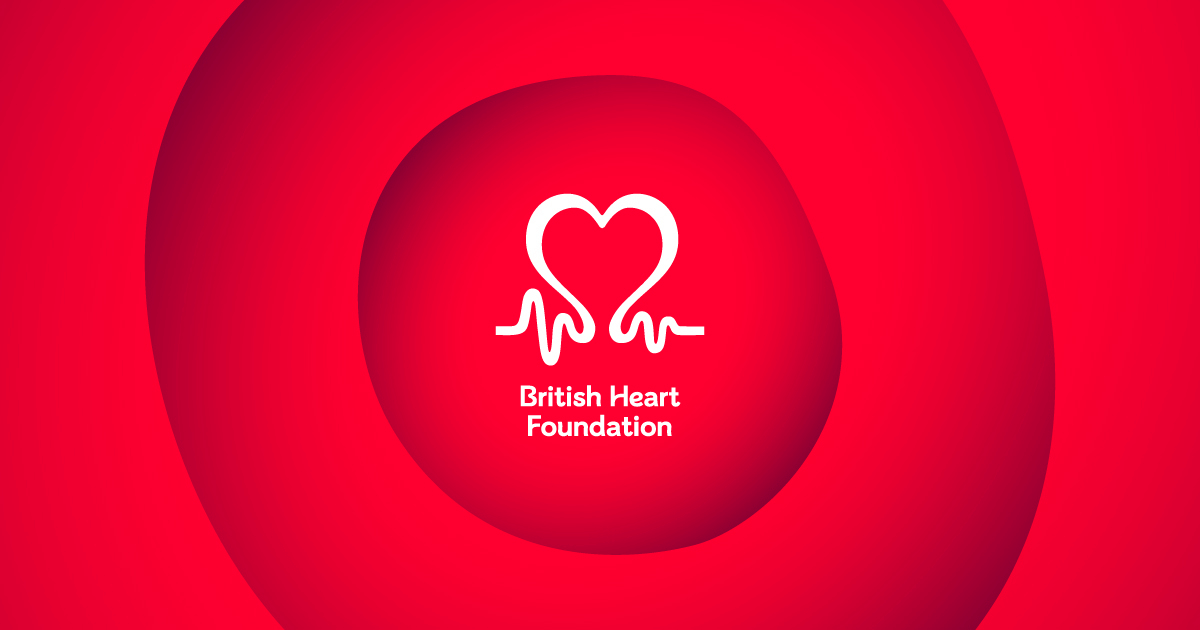
Atrial fibrillation (AF)
Learn more about the causes, symptoms, diagnosis and treatment of atrial fibrillation (AF), one of the most common types of abnormal heart rhythm and a major cause of stroke.

Learn more about the causes, symptoms, diagnosis and treatment of atrial fibrillation (AF), one of the most common types of abnormal heart rhythm and a major cause of stroke.
We support the best research in the UK at all levels. Those who lead in heart research receive our most coveted award - becoming BHF Professors.

We have helped improve and save the lives of many people with heart and circulatory diseases. But these conditions still affect millions of families.
